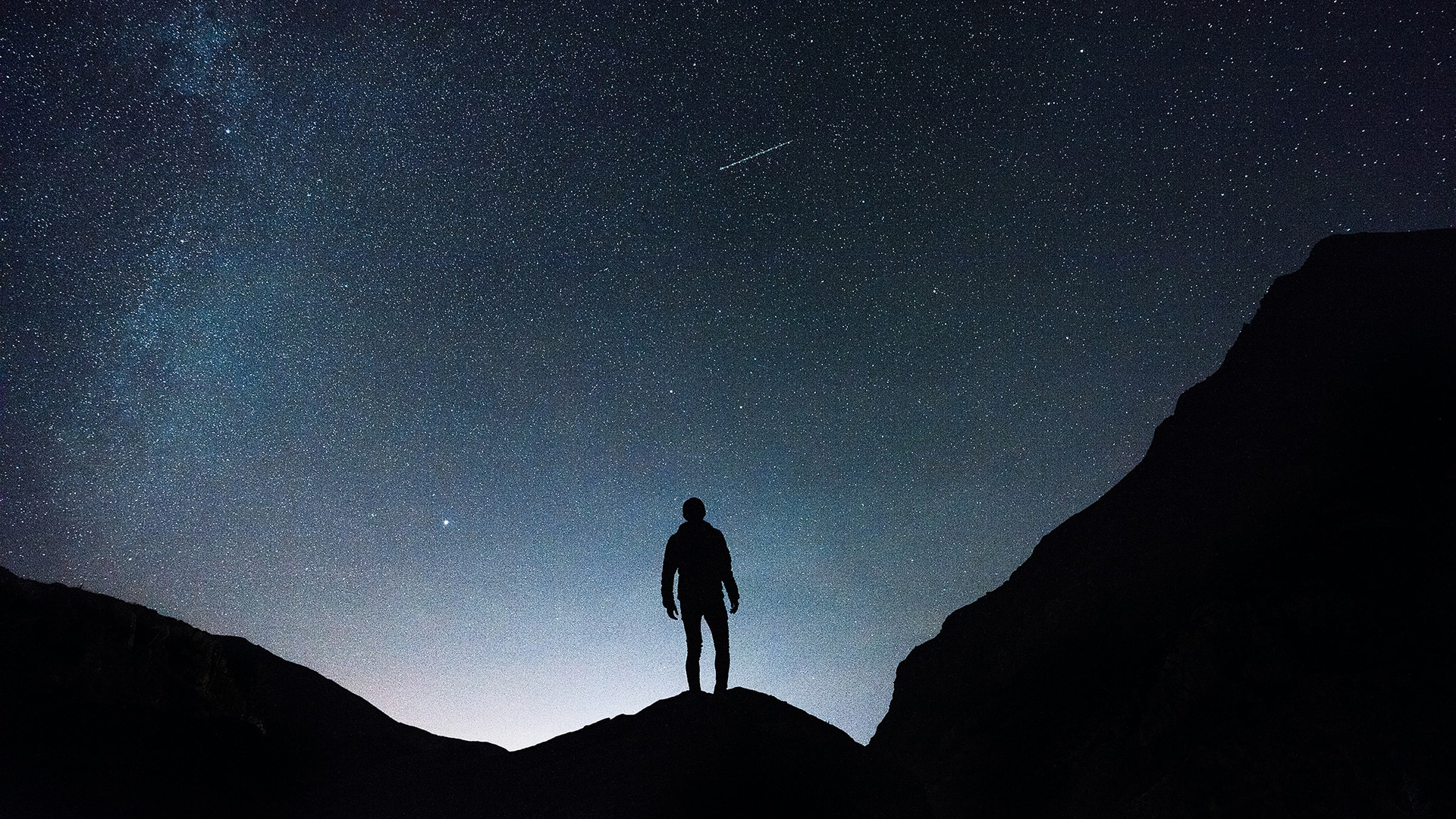
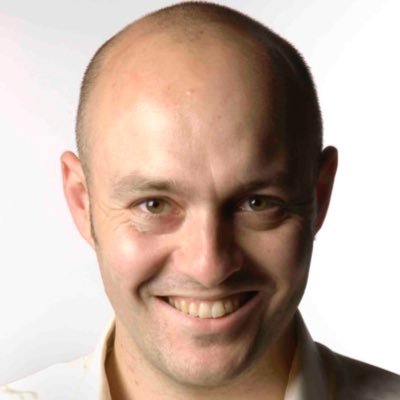
Stargazing guide: Quick links
If you're thinking of trying stargazing, but don't know quite where to begin, you're in the right place. In this article, we've got everything you need to know to get started. That includes when to go to have the best chance of seeing something spectacular, what to pack for a comfortable and productive night, and the best places to start stargazing in the UK. Start by arming yourself with one of the best telescopes for stargazing (there are plenty of beginner-friendly options included) and read on.
- Trying some nature-spotting in the daytime? These are the best binoculars
- Capture your outdoor adventures with one of the best action cameras
Where to go stargazing
If you've never had the experience of standing under a clear, dark sky at night while being blown away by the sheer number and clarity of stars you can see, you've been standing in the wrong places.
With light pollution on the increase in our towns and cities since the spread of cheap LED street lighting, it's now necessary to travel around 40 miles into rural areas to see the night sky as it should be. However, as our urban skies become increasingly bleached, there is a growing movement to conserve dark skies where they still exist. This has led to the creation of International Dark Sky Parks, International Dark Sky Reserves, and even more location-specific Dark Sky Discovery Sites.
Dark sky destinations
It helps to know the difference between an International Dark Sky Park and an International Dark Sky Reserve, which are certified by the International Dark-Sky Association (IDA). They're typically fairly remote, empty wilderness regions, which in the UK almost exclusively means they are also existing national parks or areas of outstanding natural beauty (AONBs).
It's the former that you want if you're after the very best views of the night sky. These areas are protected places that possess an exceptional or distinguished quality of starry nights. The latter also contain truly dark zones that can be exquisite stargazing locations, but they also tend to include peripheral areas where preserving the night sky is more important than how dark it is. For example, if you head to an International Dark Sky Reserve you still have to be mindful of avoiding areas where there are street lights, and even small villages and towns.
In contrast, Dark Sky Discovery Sites are much smaller locations – sometimes even country pub car parks – and are all about accessibility. They're rated 'Orion-class' for decent star-views and 'Milky Way-class' if they possess dark enough skies to see our own galaxy.
Sign up to the T3 newsletter for smarter living straight to your inbox
Get all the latest news, reviews, deals and buying guides on gorgeous tech, home and active products from the T3 experts
- Your guide to the best GoPro (and the differences between the models)
- Out of your budget? These are the best cheap action cameras
When to go stargazing
Just as important as choosing where to go stargazing is scheduling a trip at the correct time of the month. There's really no point in going to a dark sky destination when there's a full Moon in the sky. Beautiful though it is, a full (or almost) Moon is far more light-polluting than any street light.
However, the Moon is not big and bright in the night sky all month; find out when the dates of the month's Last Quarter Moon and New Moon; between the two is a seven-day period that's the best time to visit a dark sky destination if you possibly can. The two or three evenings after New Moon are also good, which creates a 10-day "stargazing window" each month. You will, of course, also need clear skies, but there's not much you can do to predict those in the UK.
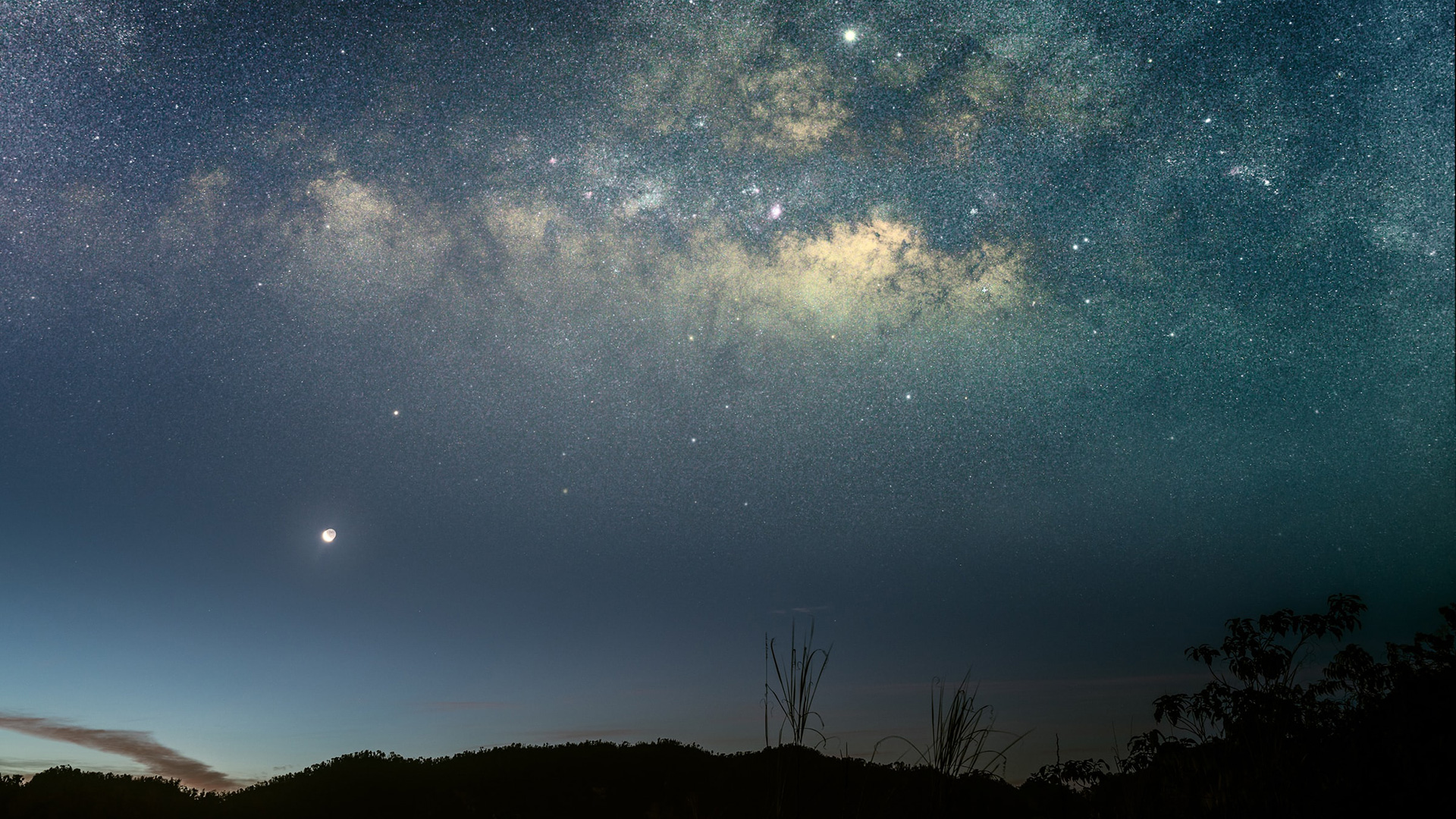
How and when to see the Milky Way
If it's the Milky Way arcing through the night sky that you want to see, that requires some even more specific timing. In fact, there is a 'Milky Way season' each year that stretches from July through September; look up from any dark sky destination on any clear night in that 10-day 'stargazing window', between Last Quarter Moon and New Moon, you will see the Milky Way rising in the southeast and arcing across the sky above. The later you go looking for the Milky Way in this July-September season, the sooner after sunset it will be visible.
- Make a trip of it with one of the best tents
- Give your legs a break with the best camping chairs
What to pack for your stargazing trip
The two most important things you need when stargazing are patience and warmth. We can't help you with the first one, but there are some key bits of clothing that'll help with the latter. Start with a cosy and – just in case – waterproof jacket (nights can get chilly even in summer) and layer up with a cosy base-layer. Bear in mind the act of lifting your telescope can easily expose your middle, so try your outfit out at home and make sure everything stays covered.
On your feet, you'll want a pair of walking socks and walking boots, which have the dual purpose of keeping your feet warm and dry, and helping ensure you stay stable on uneven ground in the dark. Finally, there are few other bits of kit that are really helpful when stargazing:
- One of the best head torches – keep an eye out for a red light mode that will help preserve your night vision (white light will make you star-blind for 20 minutes)
- A planetarium app like Night Sky, Sky Safari or Sky Map that show you the stars and constellations you point your smartphone at

Finally, you'll need a decent telescope if you want to study galaxies and nebula up close. We'd recommend one of the two below – or for more options, head to our ranking of the best telescopes for stargazing.
Celestron Travel Scope 70
If you're going to be out and about searching for dark skies it might be wise to travel light. Cue the Celestron Travel Scope 70, a compact, lightweight and mobile refractor telescope that packs away into a small custom-made backpack. Its 70mm aperture and fully coated glass optics make it capable of basic views of planets.
Meade ETX90 Observer
Another portable telescope, this classic design now comes in three sizes; ETX80, ETX90 and ETX125. The ETX80 is best for beginners and comes in a backpack, while the step-up ETX90 has a hard carry case. A Maksutov-Cassegrain design, the ETX 90 Observer is also a computerised 'Go-To' telescope that can find and track 30,000 objects and tell you about them through a speaker.
The best places to go stargazing in the UK
Now all you need to do is choose which one of the best stargazing location in the UK you're going to visit:
1. Bodmin Moor, Cornwall (England)
If you're headed down to Cornwall on your holidays, consider a few nights exploring Bodmin Moor Dark Sky Landscape, a remote upland granite moorland in Cornwall, England. Check with Caradon Observatory on the eastern edge of Bodmin Moor for any stargazing events. Nearby in North Devon is Exmoor National Park, which has been an International Dark Sky Reserve since 2011.
2. Elan Valley International Dark Sky Park (Wales)
Elan Valley International Dark Sky Park is one of the few that are privately owned in the UK. It's also one of the very best. An area of huge man-made reservoirs and forests in mid-Wales that's owned by Dŵr Cymru Welsh Water, fabulously dark locations include Caban Coch Dam, Craig Goch and Claerwen Dam.
3. Northumberland National Park and Kielder Water & Forest Park (England)
This 1,592 square kilometre area is home to northern Europe's largest man-made lake and England's largest forest. Designated the Northumberland International Dark Sky Park in 2013, there are a dozen Dark Sky Discovery Sites within its boundaries as well as Battlesteads Dark Sky Observatory, a public astronomical observatory offering talks, activities, stargazing and astronomy courses for absolute beginners and professionals alike.
4. Galloway Forest Park (Scotland)
Dense forests aren't usually top of the list when it comes to stargazing, but this one in Dumfries and Galloway is so vast that the clearings and lakes within Galloway Forest Park make for super-dark destinations. There are also plenty of car parking spaces and astronomy-related information at both the Clatteringshaws Visitor Centre and the more remote Loch Riecawr in the north of the park.
5. Brecon Beacons National Park (Wales)
An International Dark Sky Reserve since 2013, the 1,347 square kilometre Brecon Beacons National Park is easily accessible to many would-be stargazers, but it pays to know exactly where to go. Since it's a 'reserve' rather than a 'park', be sure to swerve the light-polluted town of Brecon. For the very darkest night skies head for the western area around Crai.
6. Kelling Heath, Norfolk (England)
North Norfolk is one of the best places in the country for stargazing because of its low light pollution. Within the Norfolk Coast Areas of Outstanding Natural Beauty are a number of 'Milky Way class' Dark Sky Discovery Sites including Kelling Heath Holiday Park, which has famously dark skies and stages two 'star parties' each year for amateur astronomers.
7. Cranborne Chase (England)
One of the newest designated areas for stargazing is Cranborne Chase in central southern England. Now with provisional International Dark Sky Reserve status, the 981 square kilometres Cranborne Chase Area of Outstanding Natural Beauty (AONB) straddles Dorset, Hampshire and Wiltshire.
Jamie is a freelance journalist, copywriter and author with 20 years' experience. He's written journalism for over 50 publications and websites and, when he's not writing, spending most of his time travelling – putting the latest travel tech through its paces.
-
 Apple Watch is set to get Apple Intelligence this year, but only with a little help from a friend
Apple Watch is set to get Apple Intelligence this year, but only with a little help from a friendBring on watchOS 12
By Britta O'Boyle
-
 Your Smart TV might be getting 16 new channels for free – here's how to check
Your Smart TV might be getting 16 new channels for free – here's how to checkTVs with Freely will be able to stream a host of new channels "in the coming month"
By Rik Henderson
-
 The AeroPress Go Plus is the gadget I need for my next outdoor adventure
The AeroPress Go Plus is the gadget I need for my next outdoor adventureWhether you’re off camping or heading on a hike, the new AeroPress Go Plus lets you enjoy great coffee on the go
By Bryony Firth-Bernard
-
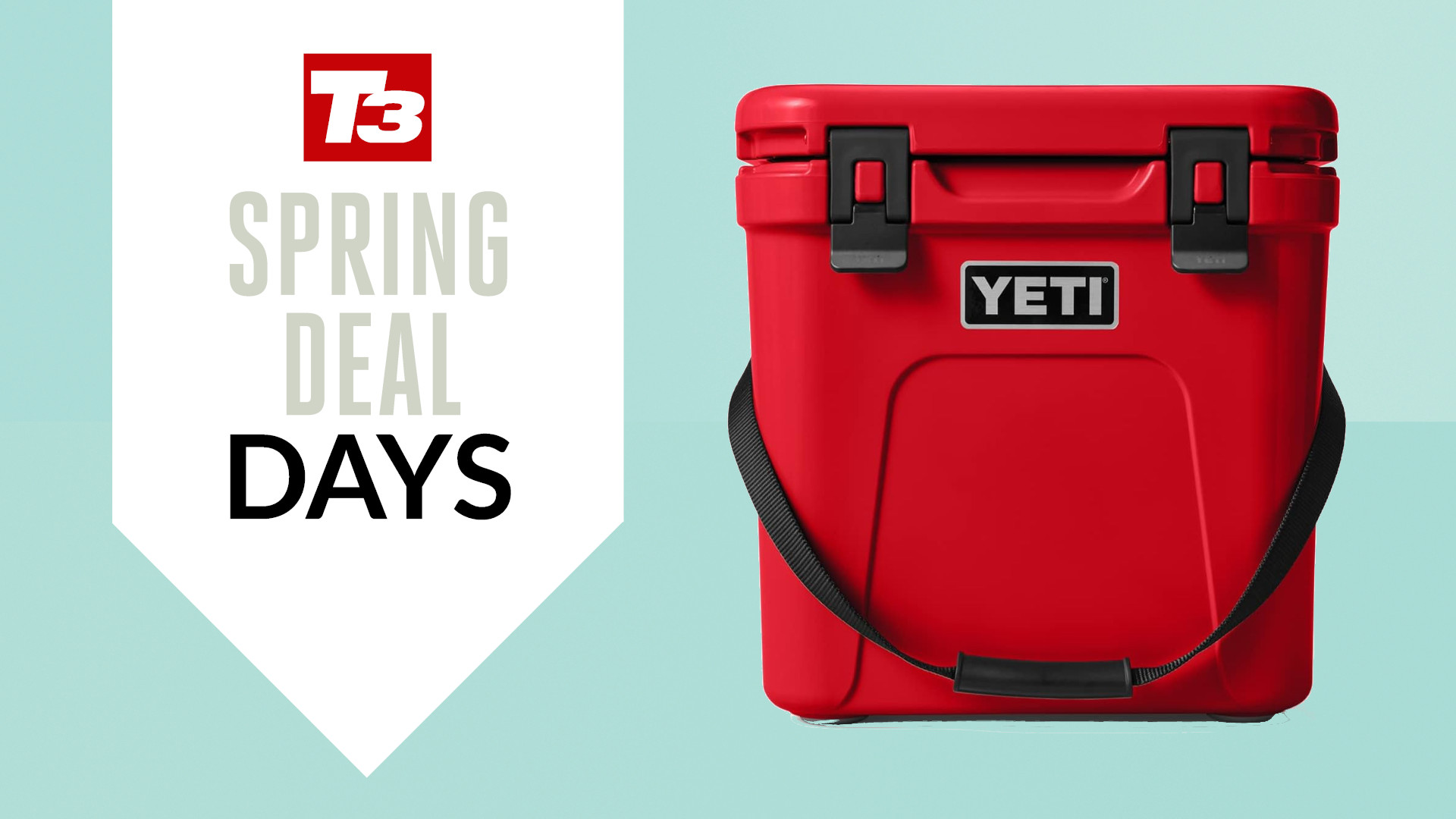 YETI has discounted a ton of its best-selling coolers and tumblers in Amazon’s Big Spring Sale
YETI has discounted a ton of its best-selling coolers and tumblers in Amazon’s Big Spring SaleJust in time for the warmer months
By Bryony Firth-Bernard
-
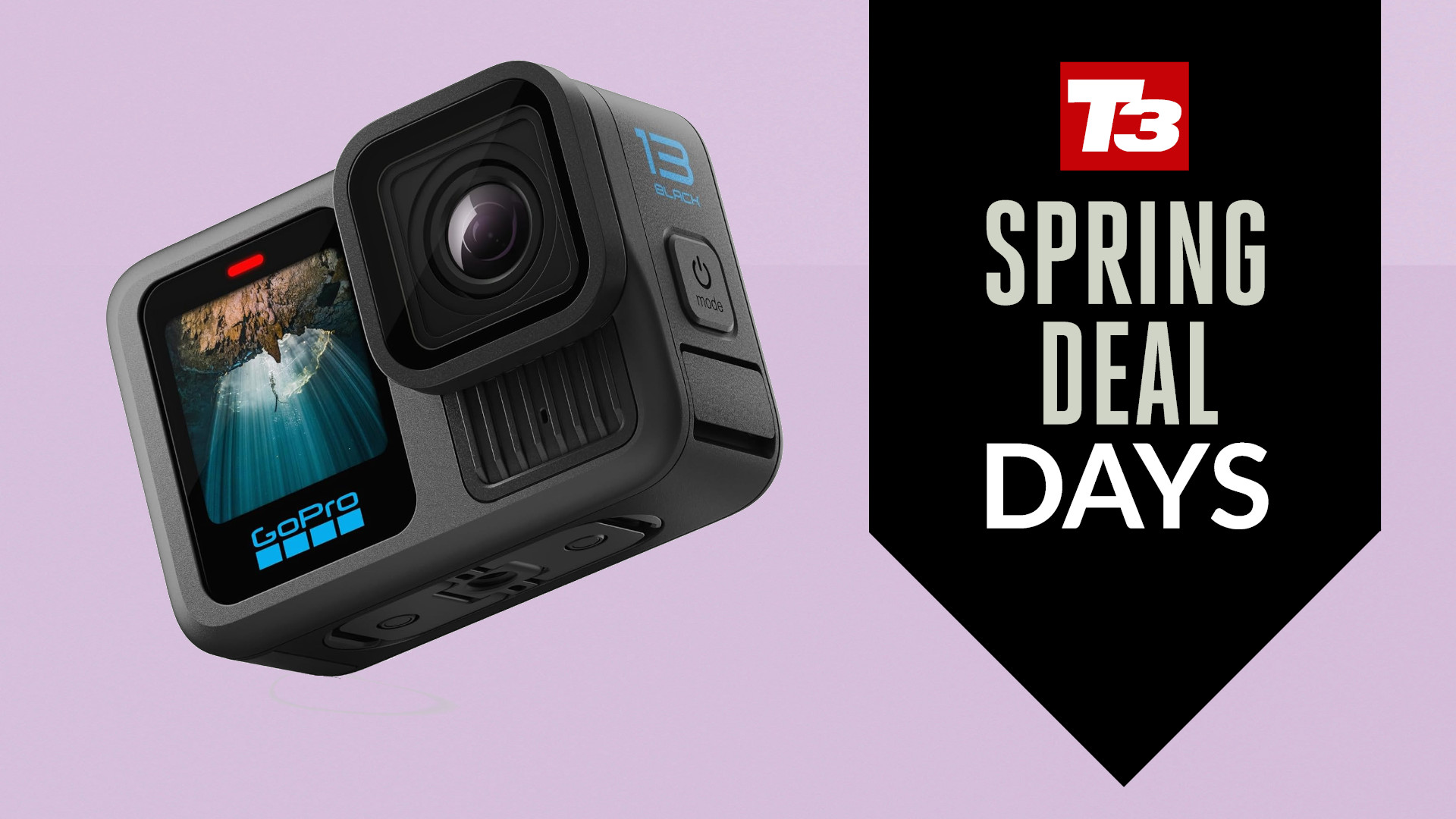 GoPro's latest flagship action cam just got a major price cut in Amazon's spring sale deal
GoPro's latest flagship action cam just got a major price cut in Amazon's spring sale dealYou can pick up the Hero 13 Black with almost 20% off
By Lee Bell
-
 How to pack your rucksack for a hiking or camping trip
How to pack your rucksack for a hiking or camping tripPack properly, save space and get easier access to the items you need the most
By Bryony Firth-Bernard
-
 Change my mind: the smaller, the better with portable power stations
Change my mind: the smaller, the better with portable power stationsPut your portable power station to work when you’re not using it
By Derek Adams
-
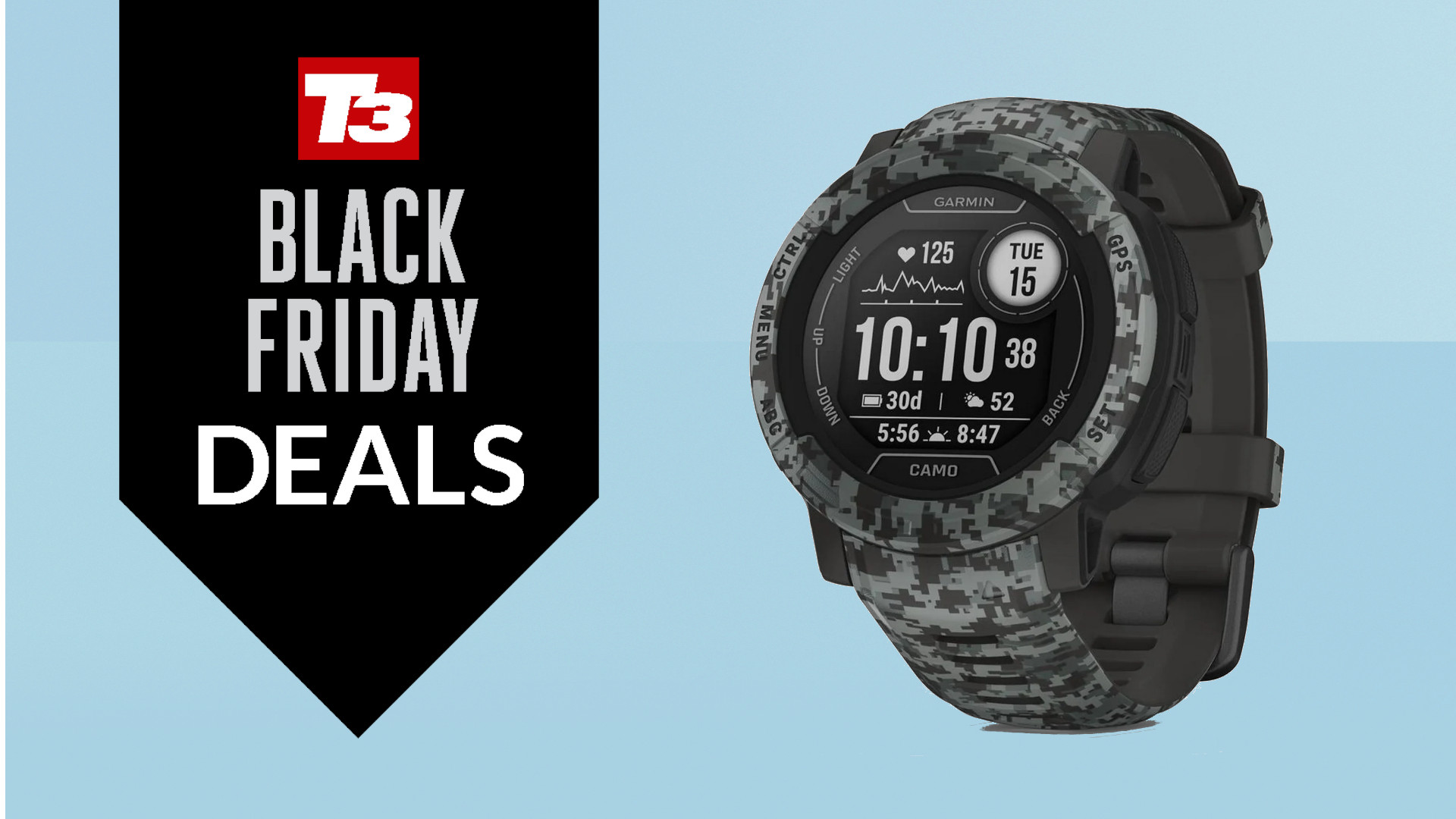 This rugged adventure Garmin is mega cheap in Walmart’s Black Friday sale
This rugged adventure Garmin is mega cheap in Walmart’s Black Friday saleThe Instinct 2 is a top watch for outdoor and sport enthusiasts
By Bryony Firth-Bernard
-
 YETI’s best-selling products are ridiculously cheap in Amazon’s Black Friday sale
YETI’s best-selling products are ridiculously cheap in Amazon’s Black Friday saleFancy yourself a tumbler, rambler or cooler? Amazon's reduced them all
By Bryony Firth-Bernard
-
 AKASO Seemor 200 night vision goggles review: unparalleled clarity for nighttime adventures
AKASO Seemor 200 night vision goggles review: unparalleled clarity for nighttime adventuresAKASO’s new NVD unlocks the night with cutting-edge colour vision technology
By Derek Adams